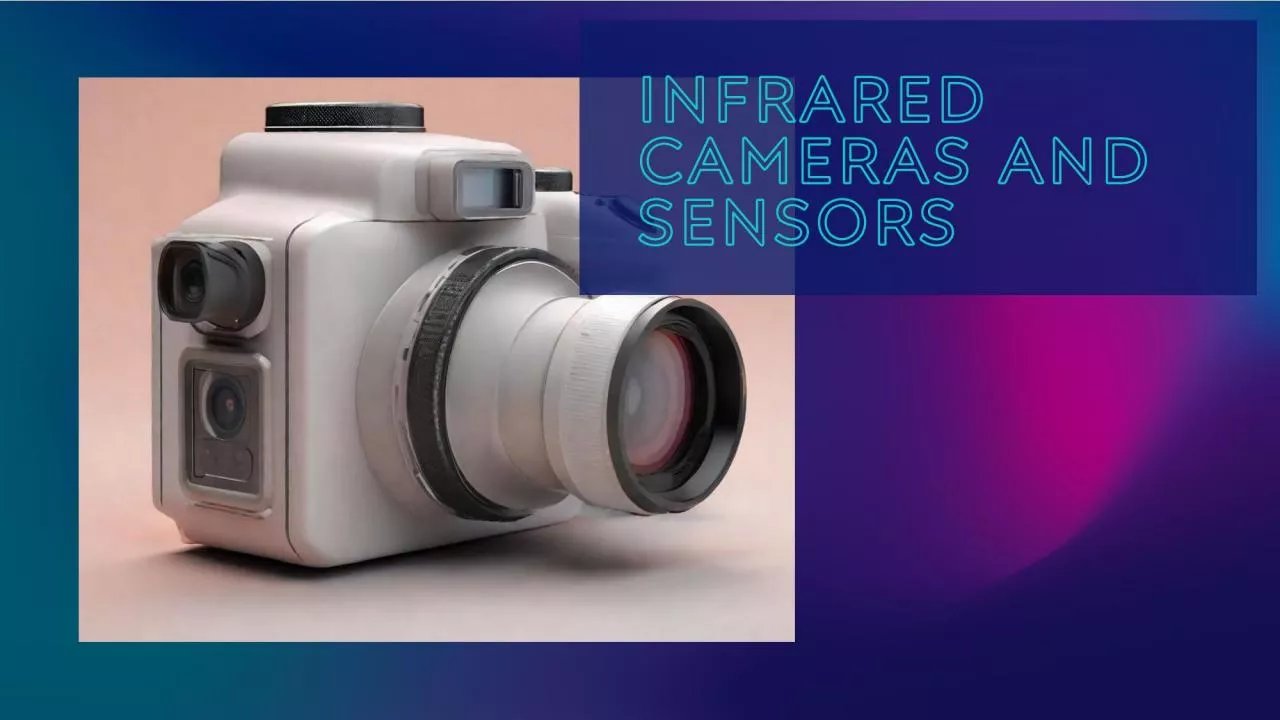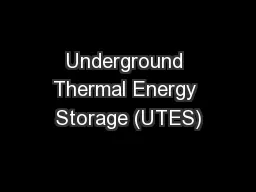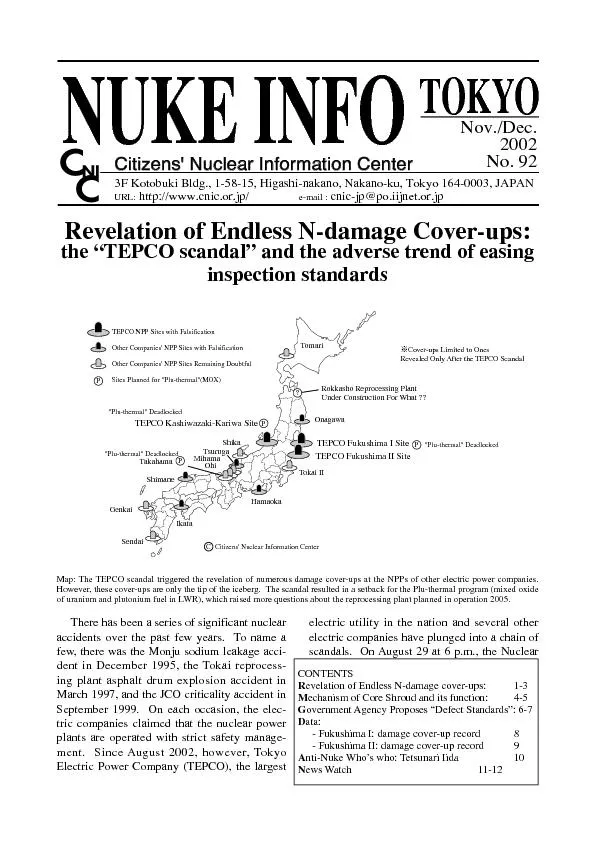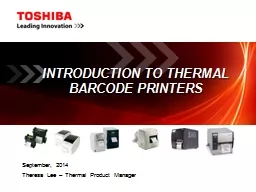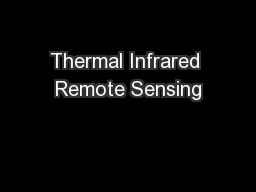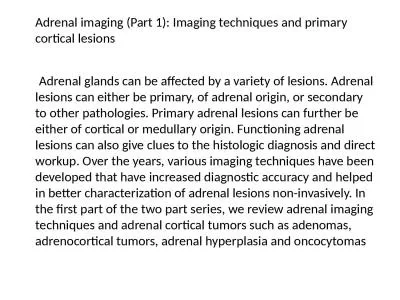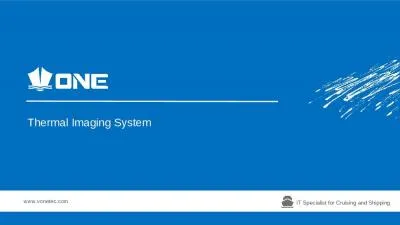PDF-R450 Professional Thermal Imaging
Author : appliedinfrared | Published Date : 2023-12-20
The InfReC Analyzer NS9500 series analysis software with a SuperResolution Sharpness algorithm is provided as a standard R450 series camera accessorybrbrLike here
Presentation Embed Code
Download Presentation
Download Presentation The PPT/PDF document "R450 Professional Thermal Imaging" is the property of its rightful owner. Permission is granted to download and print the materials on this website for personal, non-commercial use only, and to display it on your personal computer provided you do not modify the materials and that you retain all copyright notices contained in the materials. By downloading content from our website, you accept the terms of this agreement.
R450 Professional Thermal Imaging: Transcript
Download Rules Of Document
"R450 Professional Thermal Imaging"The content belongs to its owner. You may download and print it for personal use, without modification, and keep all copyright notices. By downloading, you agree to these terms.
Related Documents

